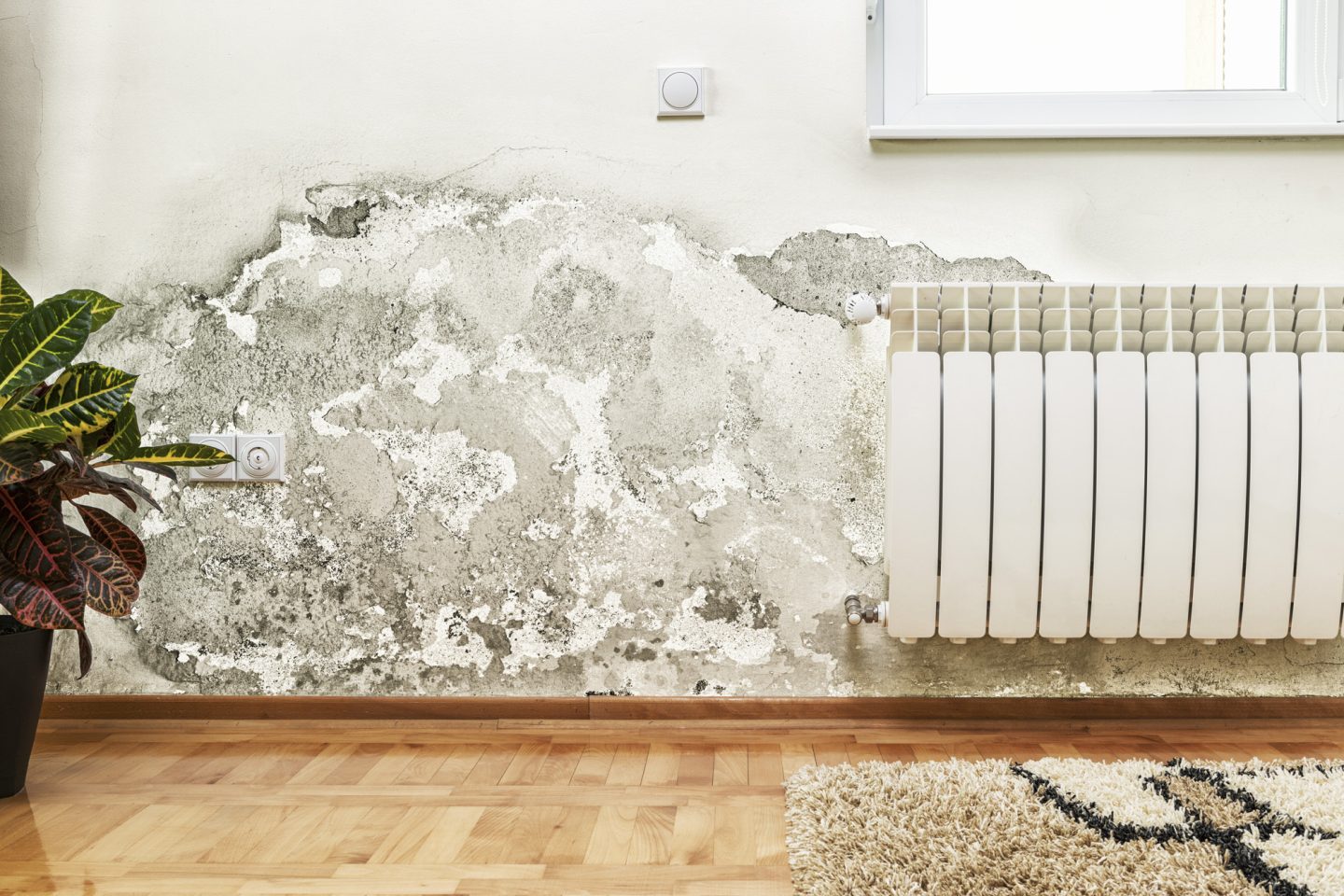
Mold growth in your home or business can be a daunting issue, posing health risks and potentially damaging your property. Navigating the mold remediation process effectively is crucial to ensuring a safe and healthy environment. In this blog post, we’ll provide a step-by-step guide to help you understand and manage the mold remediation process. We’ll also introduce Cal Prestige, a trusted restoration company serving Southern California, to assist you in handling mold-related concerns.
1. Identifying the Presence of Mold
The first step in the mold remediation process is to identify any visible mold or detect its presence through a musty odor. If you suspect mold growth, it’s essential to act quickly to address the issue.
For more information on identifying mold, The Environmental Protection Agency (EPA) offers resources on mold detection and health concerns.
2. Assessing the Extent of Mold Growth
Once mold is suspected or identified, a thorough assessment is necessary to determine the extent of the growth. This may involve visual inspections and, if needed, hiring a professional mold inspector to conduct air and surface sampling.
3. Containing the Affected Area
To prevent the spread of mold spores, it’s crucial to contain the affected area. This typically involves sealing off the area with plastic sheeting and using negative air pressure to keep spores from dispersing into other parts of the building.
4. Removing Mold-Contaminated Materials
Materials heavily contaminated with mold, such as drywall, insulation, or carpeting, should be carefully removed and disposed of following local regulations. It’s important to wear protective gear during this process to avoid exposure to mold.
5. Cleaning and Disinfecting Surfaces
Surfaces that can be salvaged should be thoroughly cleaned and disinfected. This can involve using specialized cleaning solutions designed to kill mold and prevent its recurrence.
6. Drying the Affected Area
Moisture control is critical in preventing mold regrowth. After cleaning and disinfecting, the affected area should be dried using dehumidifiers, fans, or other drying equipment to remove any remaining moisture.
7. Repairing and Restoring the Property
Once the mold is removed and the area is dry, repair and restoration work can begin. This may include replacing drywall, painting, installing new carpeting, or other repairs to restore your property to its pre-mold condition.
For tips on mold prevention and remediation, The Centers for Disease Control and Prevention (CDC) provides valuable guidance for homeowners and property managers.
8. Preventing Future Mold Growth
Preventing future mold growth is essential. This can involve addressing the underlying moisture issues that led to mold growth, such as fixing leaks, improving ventilation, and maintaining proper humidity levels.
Cal Prestige: Your Mold Remediation Experts in Southern California
At Cal Prestige, serving Southern California, we understand the challenges of dealing with mold growth. Our team of experienced professionals is equipped to handle all aspects of the mold remediation process, from assessment to restoration. We use the latest techniques and equipment to ensure that your property is mold-free and safe for occupants.
Navigating the mold remediation process can be complex, but with the right approach and professional assistance, it’s possible to effectively address mold growth and prevent future issues. By following this step-by-step guide and partnering with a trusted restoration company like Cal Prestige, you can ensure a thorough and successful mold remediation process, safeguarding the health and integrity of your property in Southern California.

